Twelve years. That’s how long it has taken David Brabham to reassert control over his famous family name and then formulate a solid strategy to re-establish it as a credible player in the automotive industry.
Now, following last month’s launch of the new-look Brabham Automotive and its £1m-before-tax BT62 track car, he says he’s determined to put the foundations in place to ensure the name is never allowed to fade back into obscurity.
Brabham was a mighty force in Formula 1 and other racing formulae from the early 1960s, when David’s father, Sir Jack, first entered his own team in grand prix competition, to the mid-1980s, when it vied for dominance against McLaren, Lotus and Ferrari. But whereas those other famous names remained consistently active, Brabham as a racing constructor faded into obscurity.
Brabham BT62: 700bhp track-only hypercar revealed
After long-term owner Bernie Ecclestone sold up at the end of 1987, a succession of people played pass-the-parcel with the team until Brabham finally disappeared from the grid for good before the start of the 1993 grand prix season.
The equity in the name never diminished — something that didn’t go unnoticed with others with no connection to the Brabham family. In 2009, a tuning company in Germany christened itself Brabham Racing and launched a heavily modified BMW M3 Coupé (E92), heavily playing on the grand prix legacy not least by naming its car ‘BT92’, implying a link with the original Brabham company’s ‘BT’ model naming code. Around the same time, an attempt was made to enter F1 with a team called Brabham Grand Prix for the 2010 season.

It was unsuccessful, but it prompted David to seek legal protection for the name, which was finally achieved in 2013 when ownership of the trademark passed back into Brabham hands.

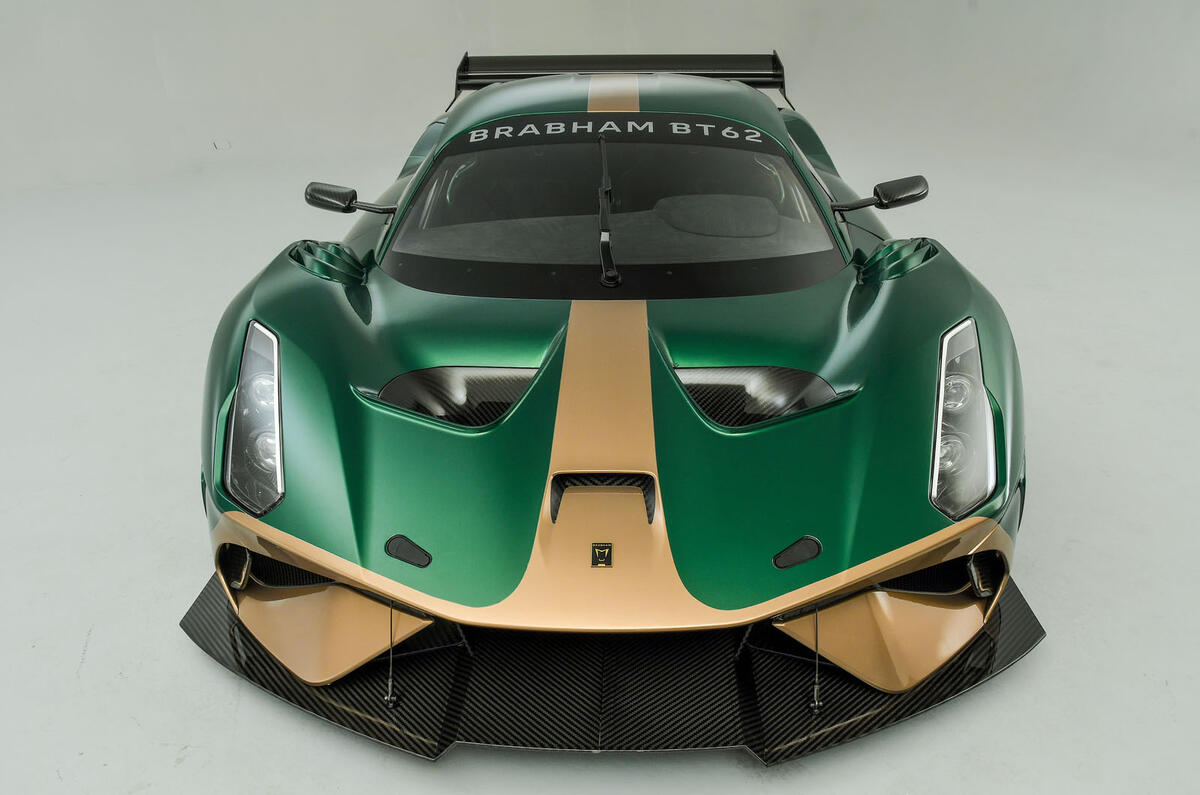
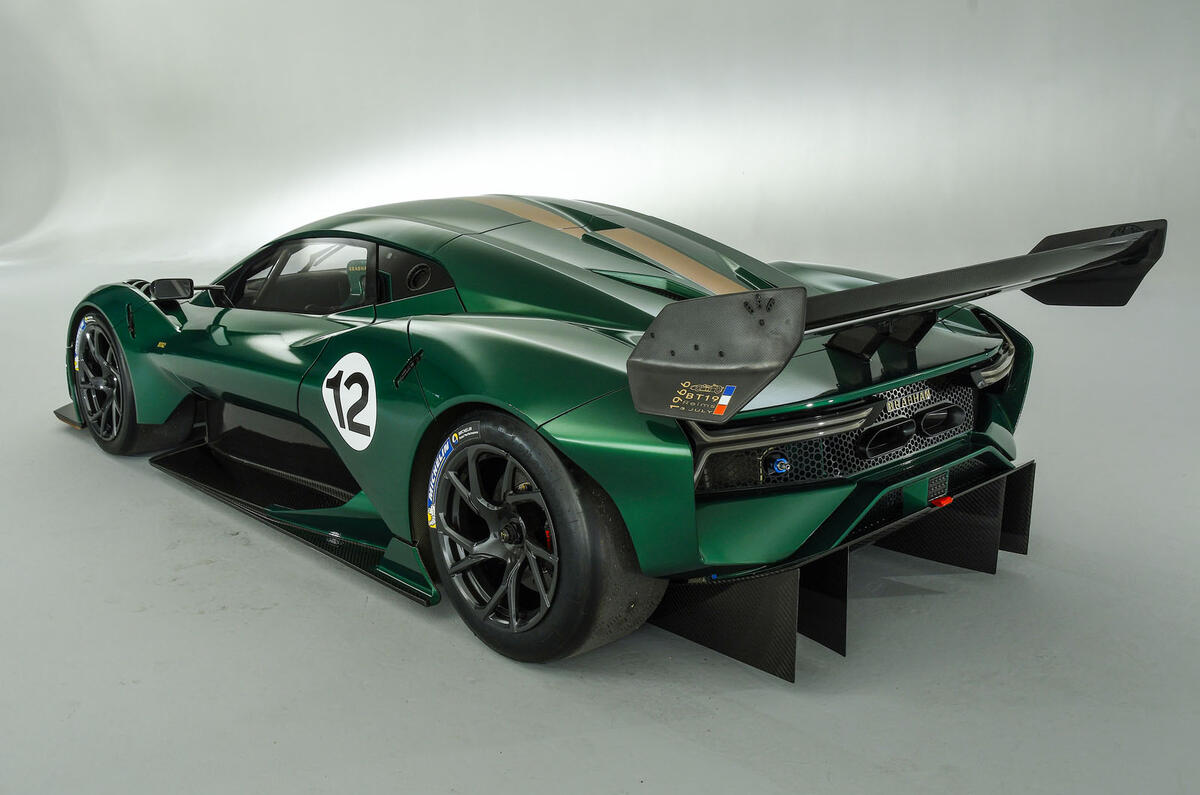
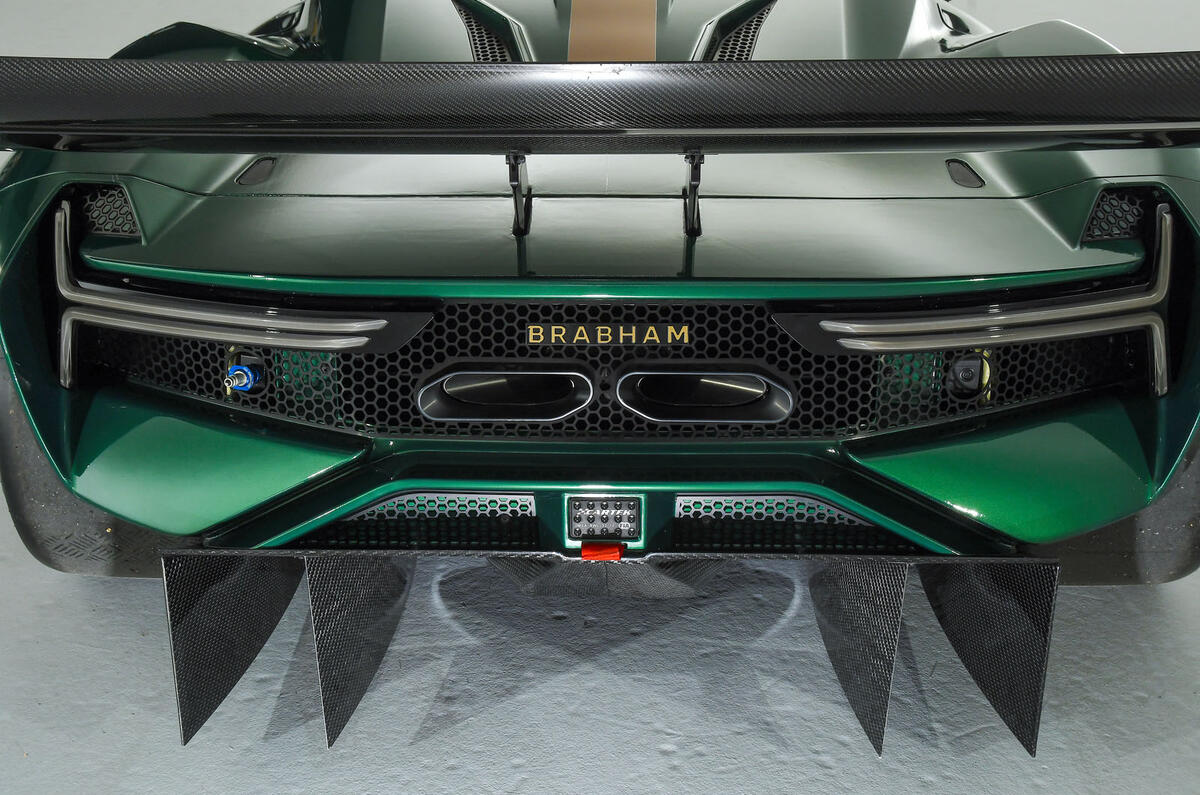
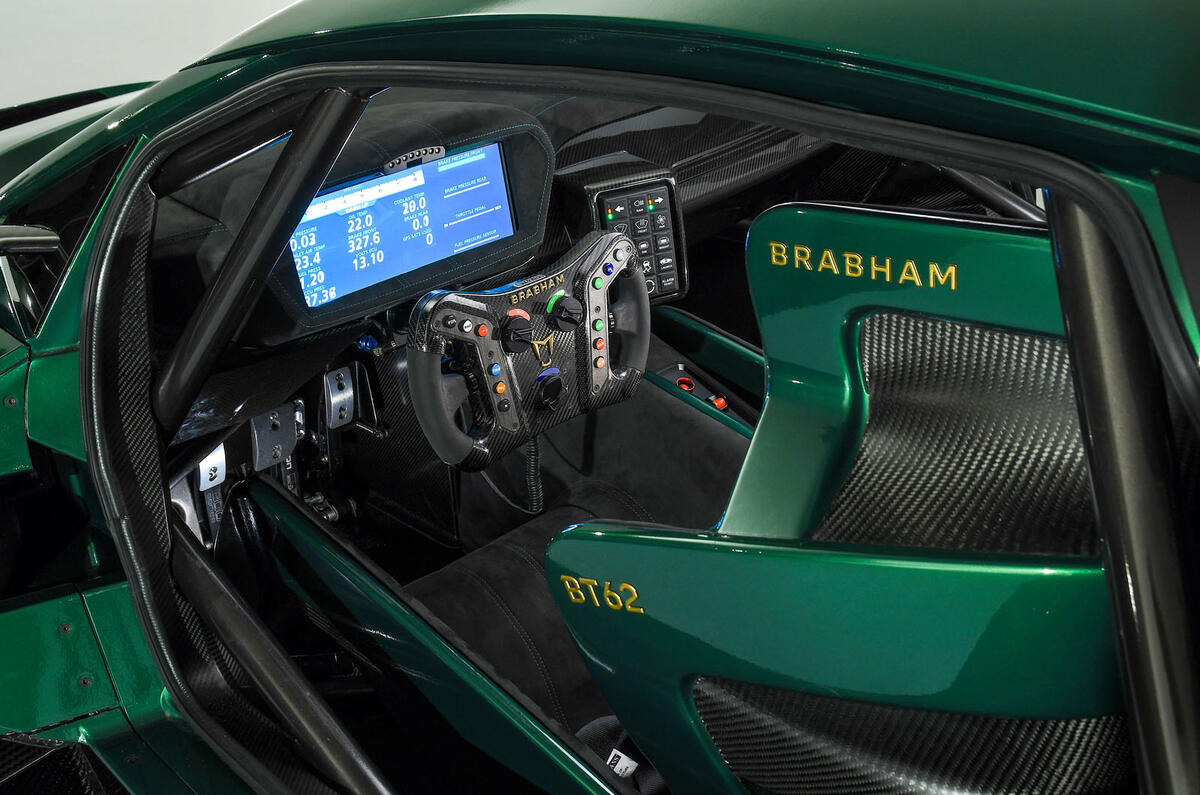
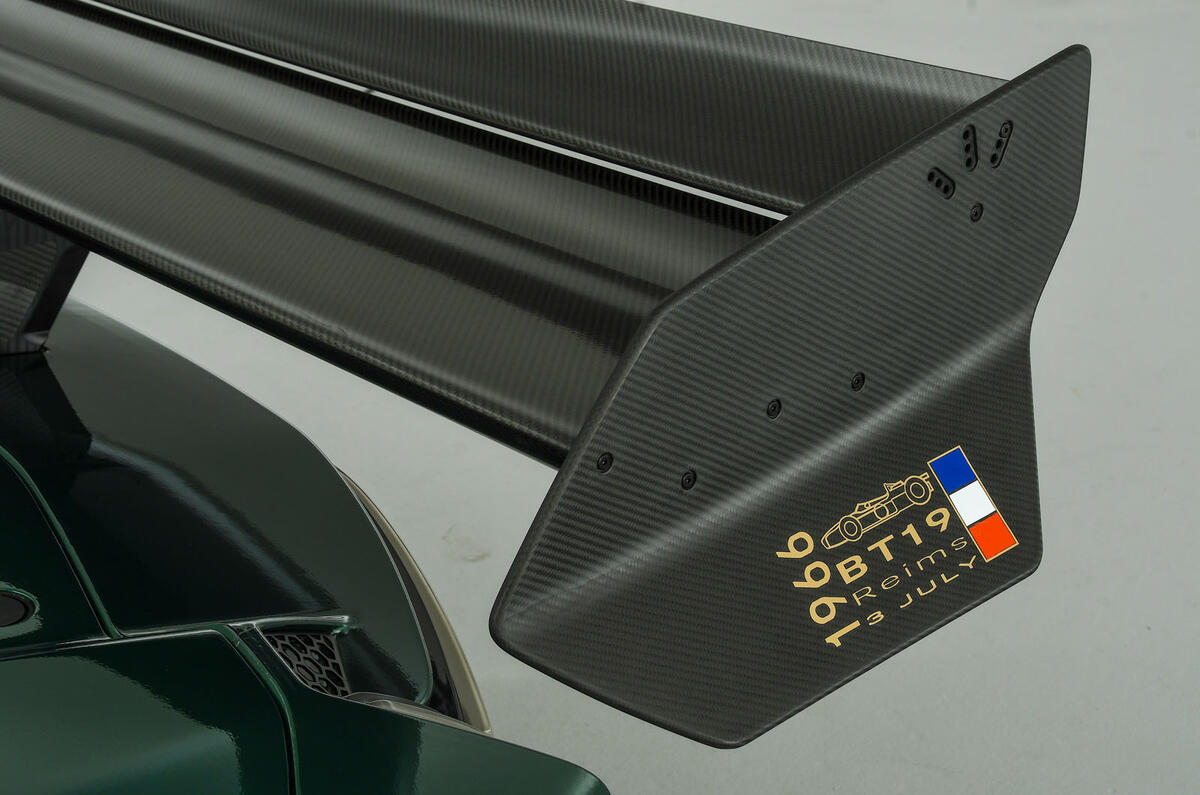
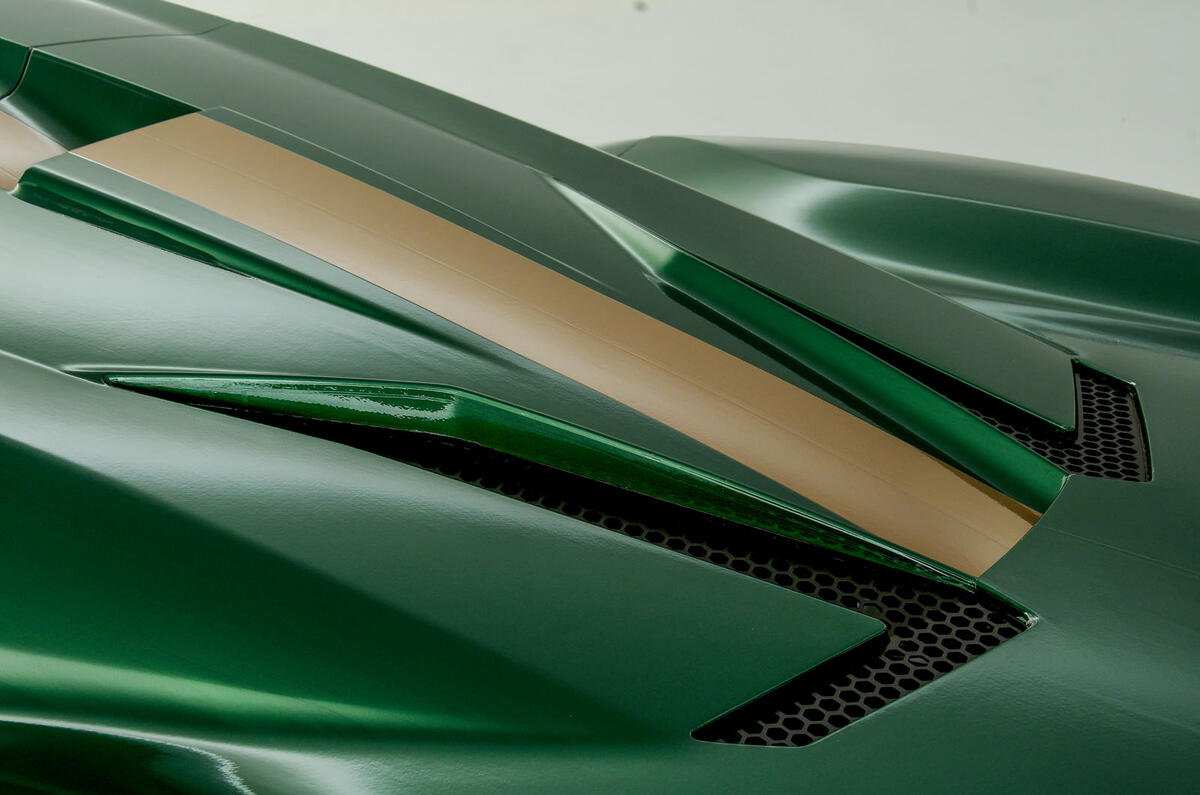
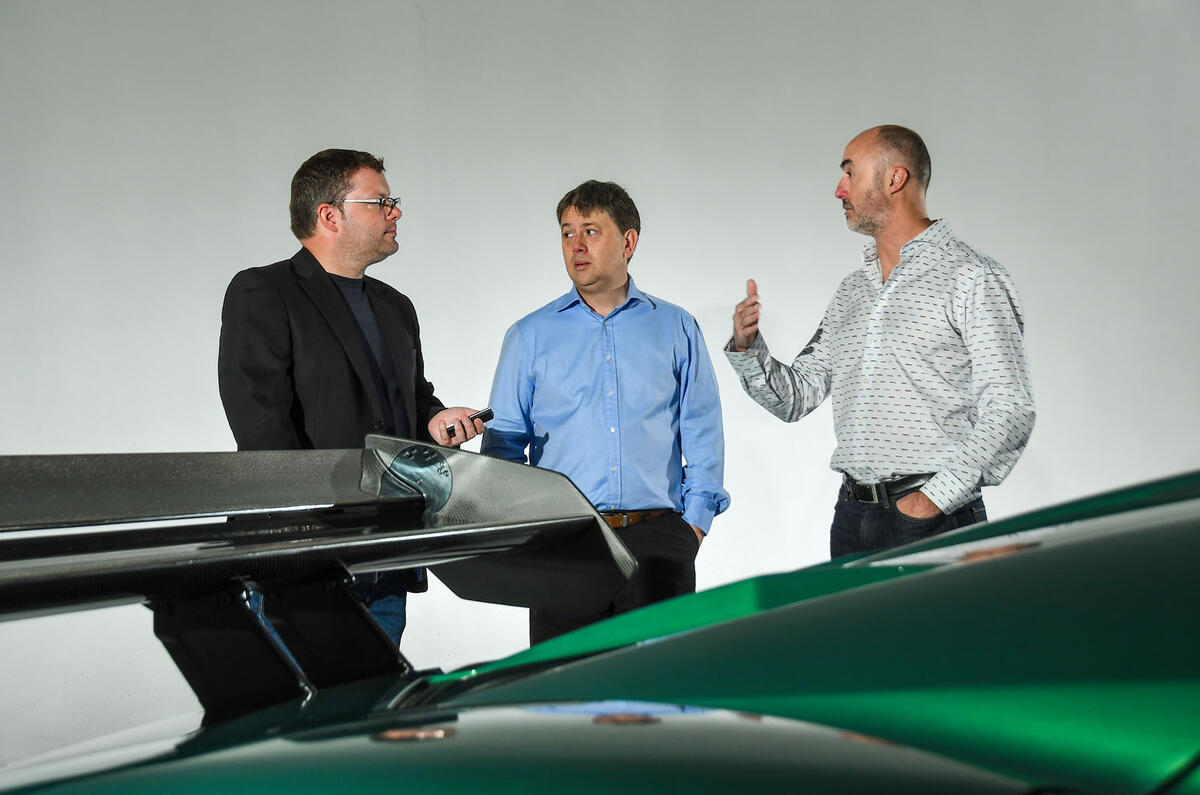
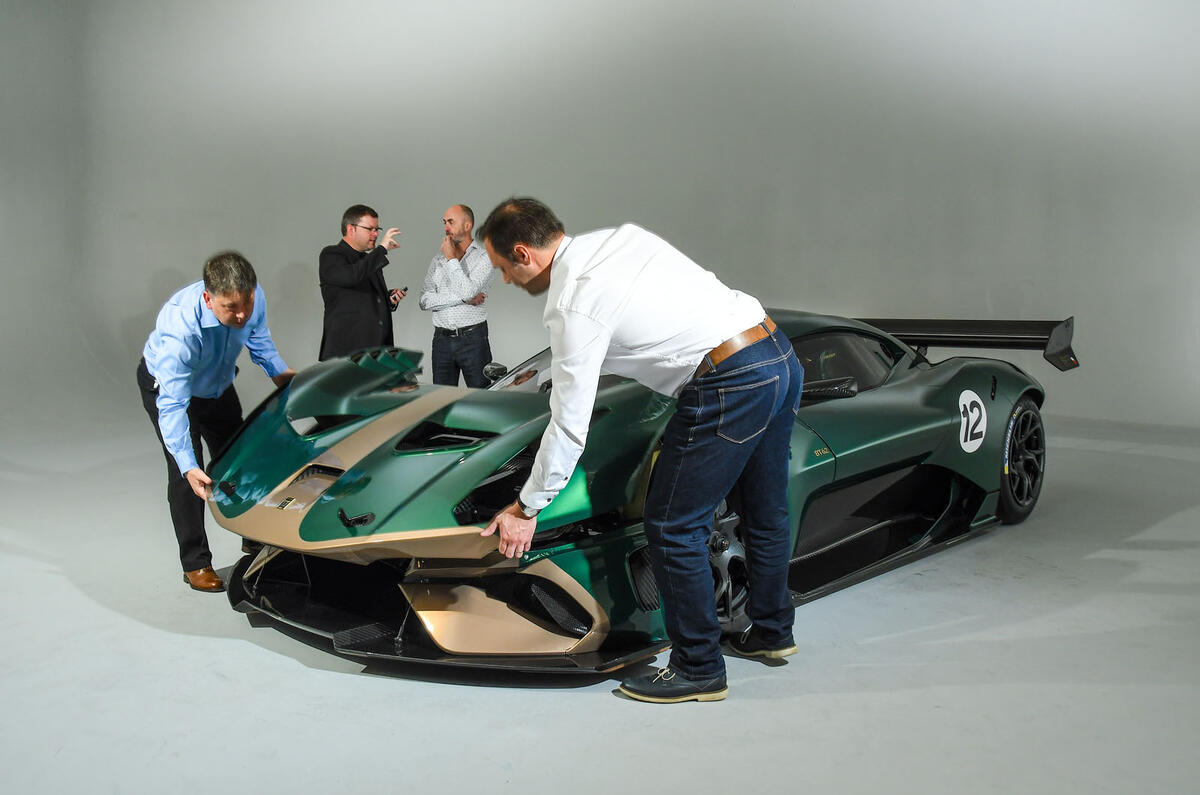
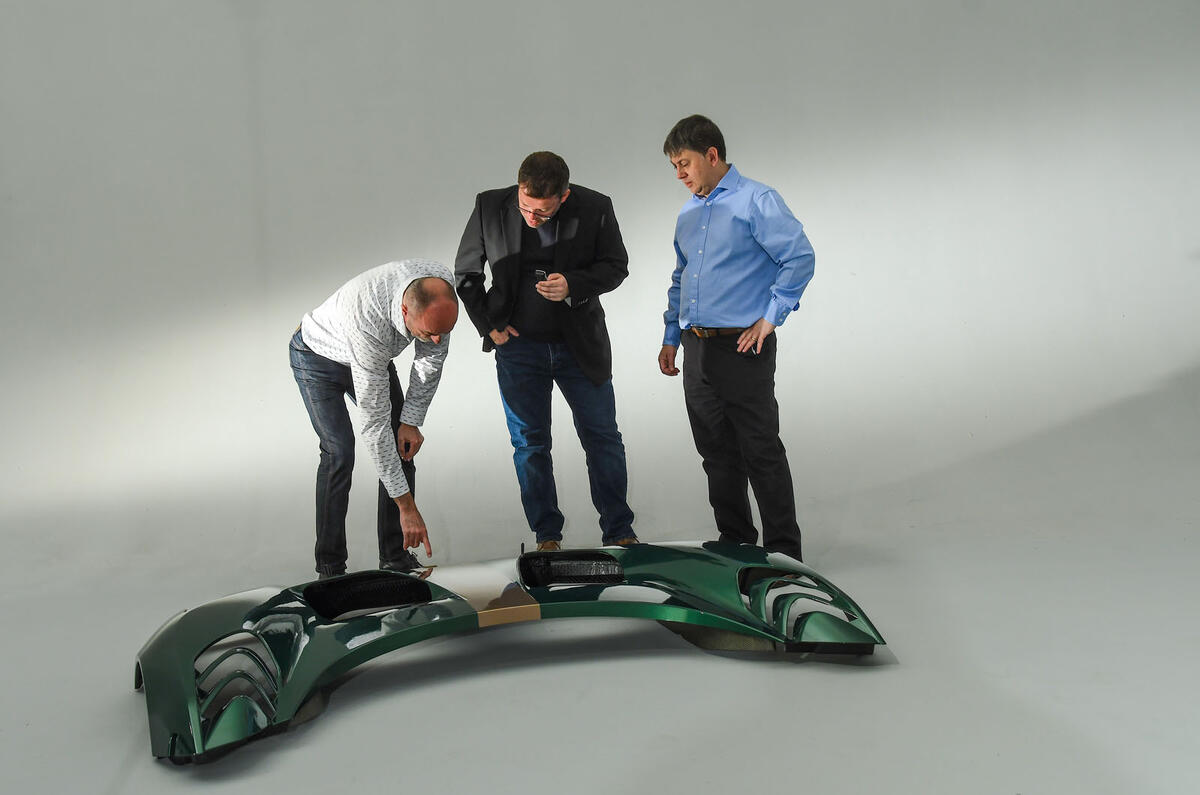
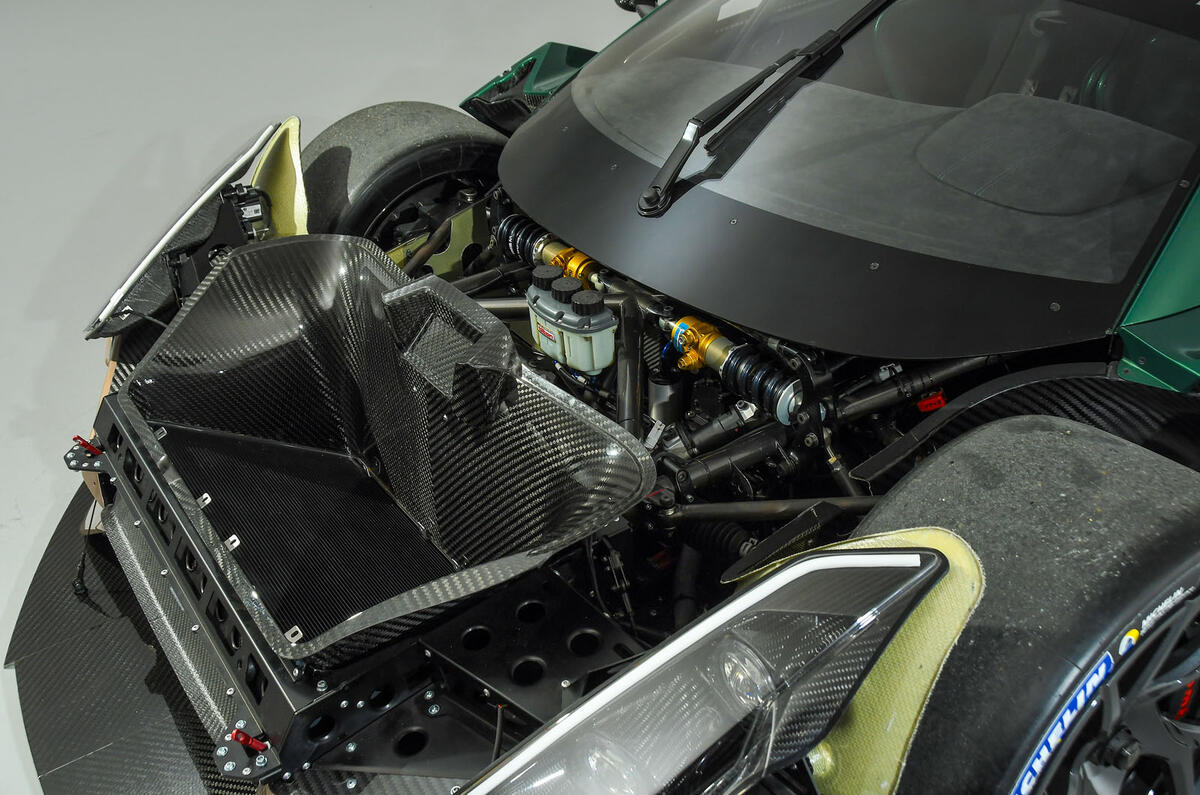
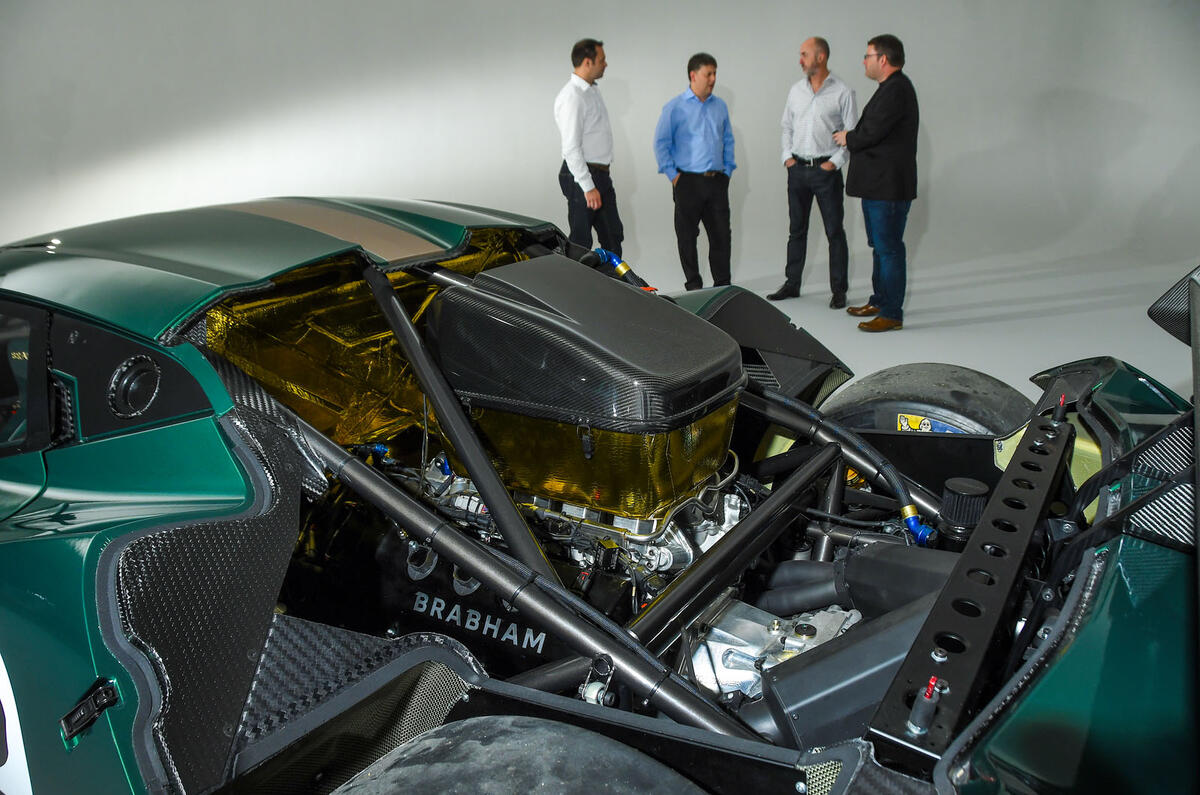
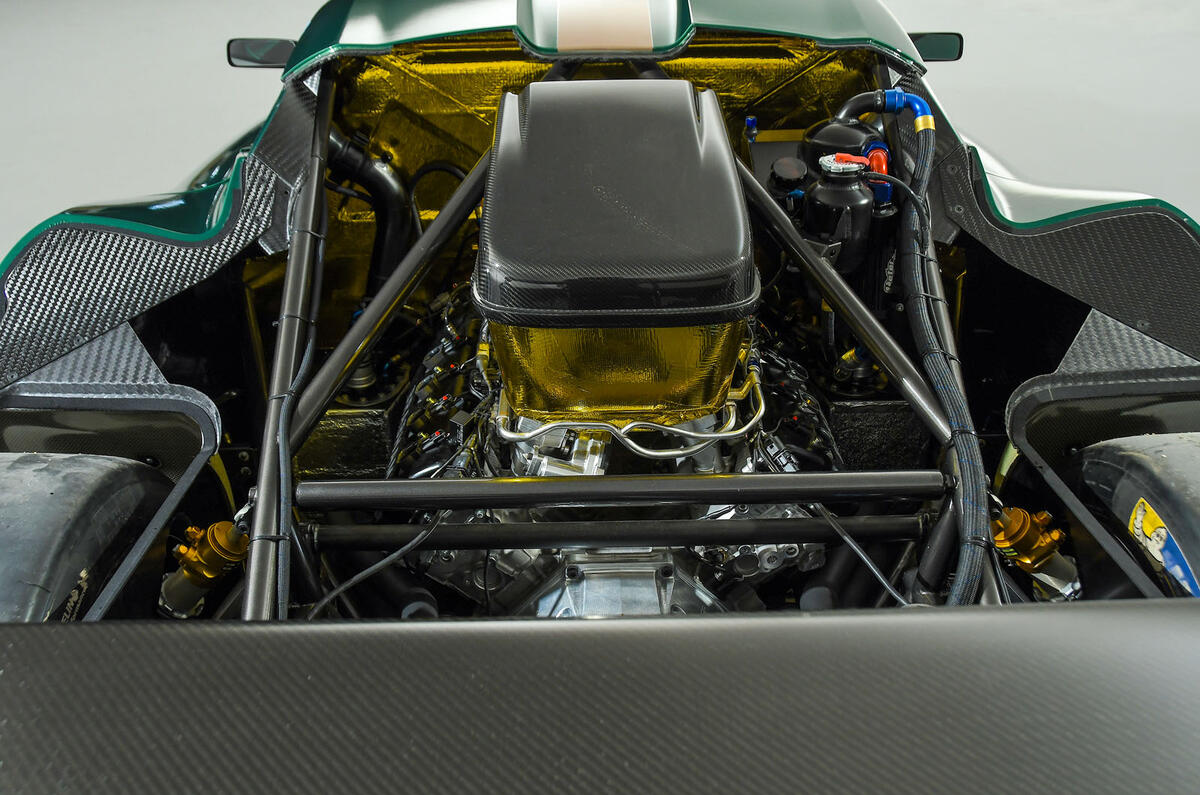
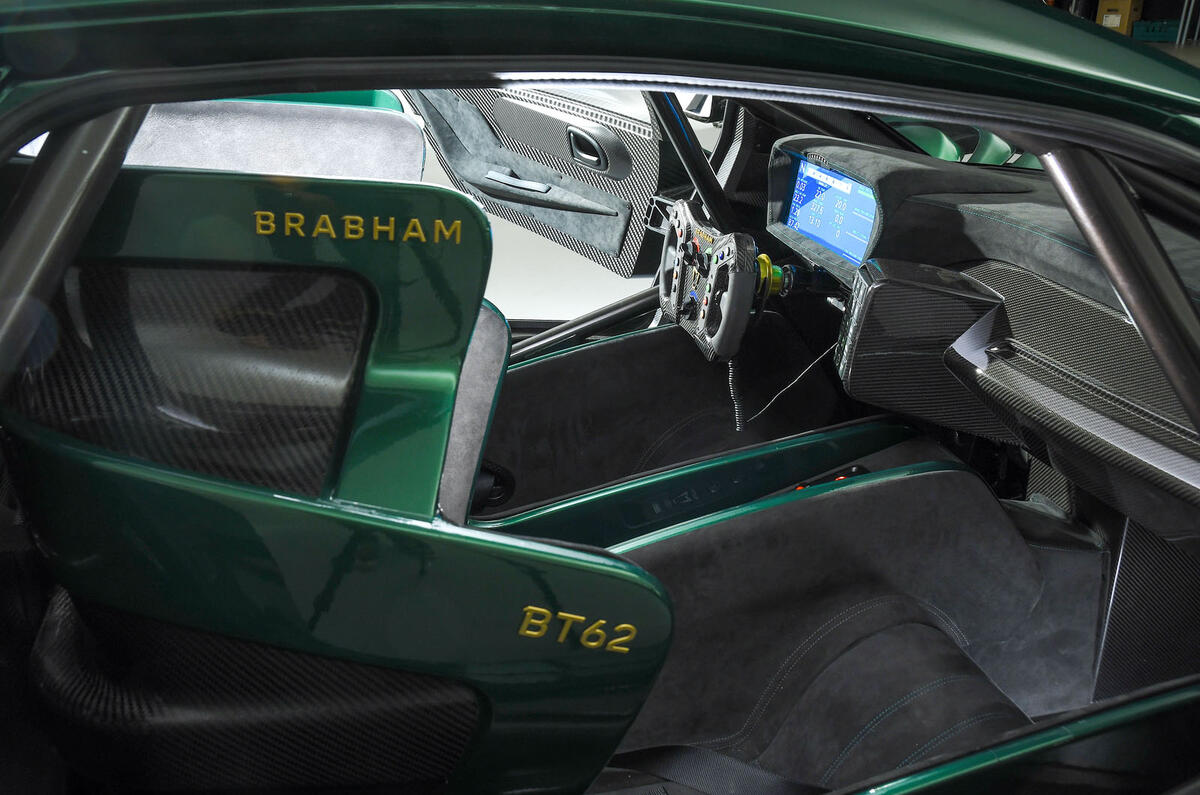
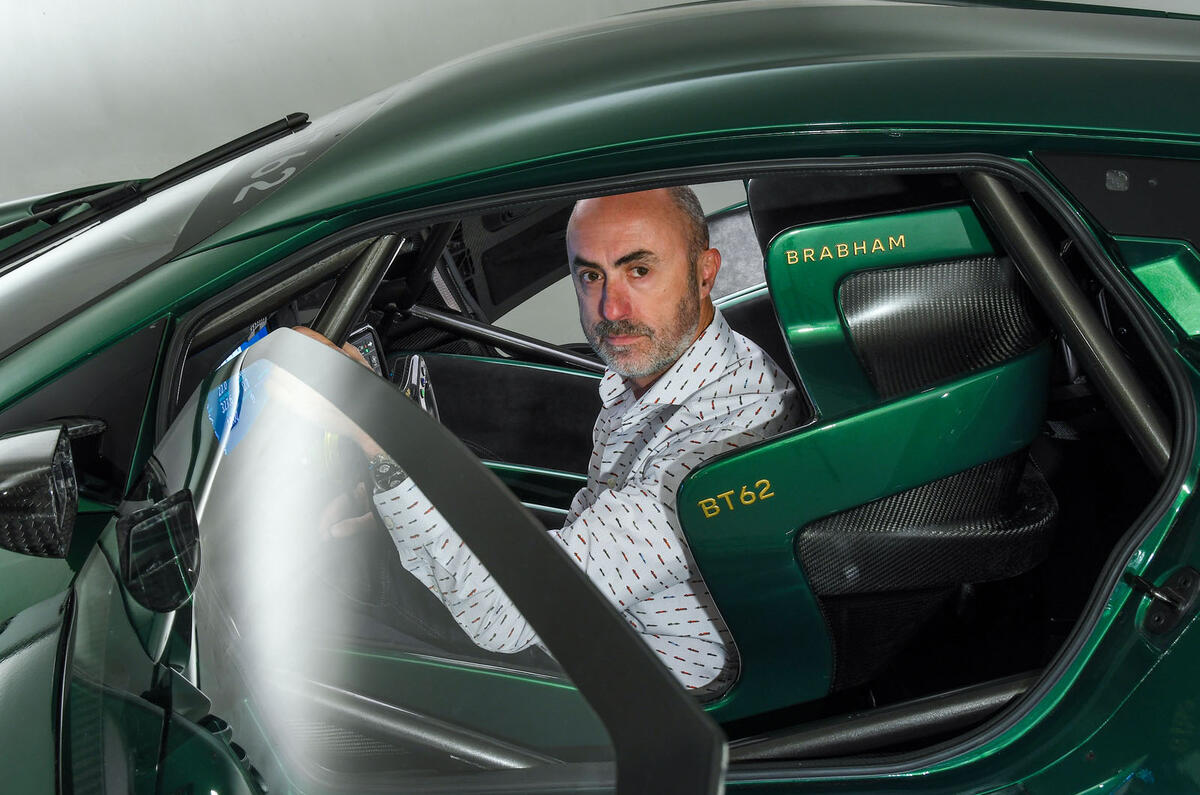
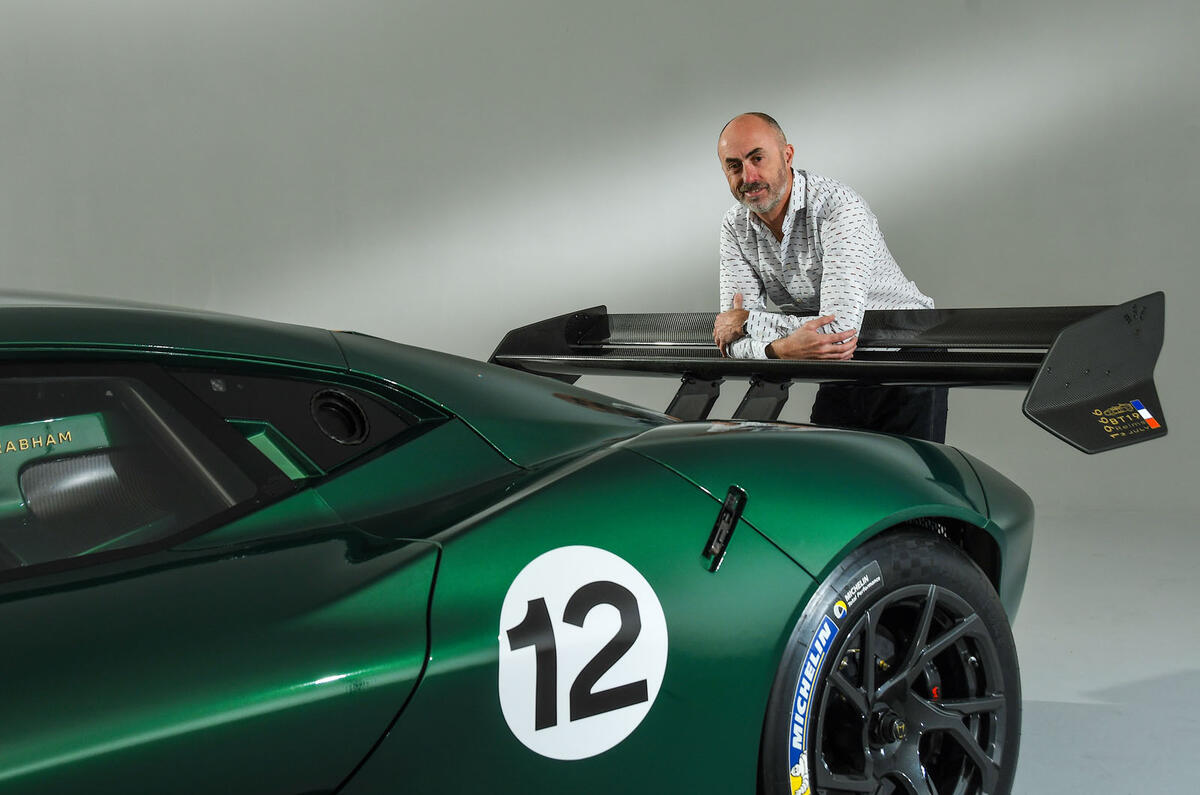
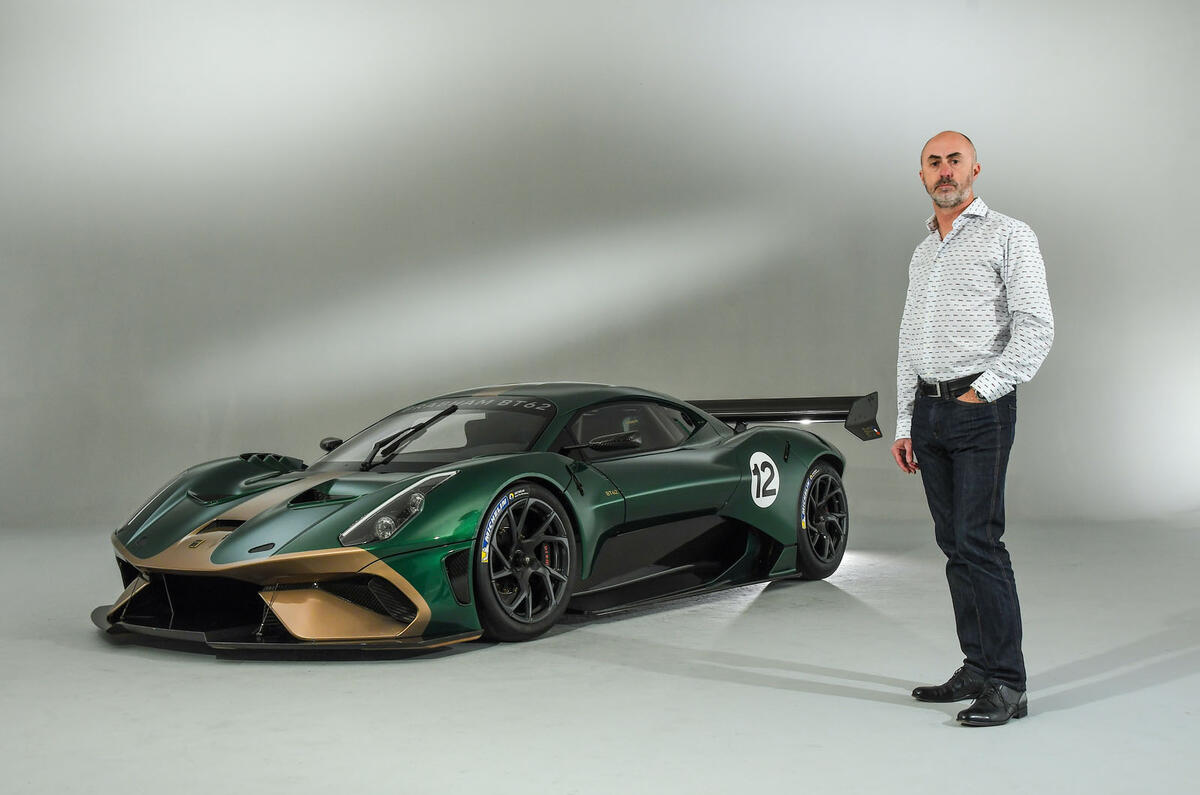
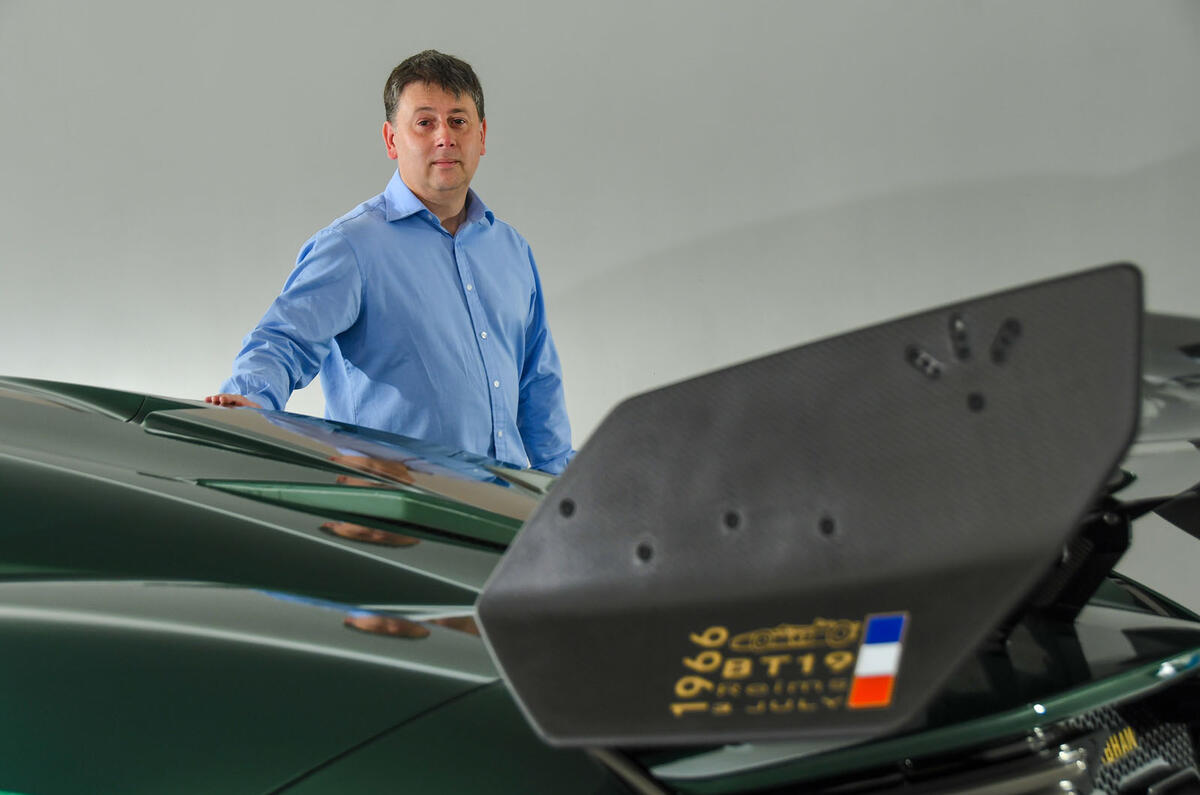

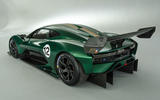
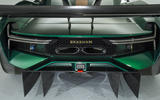
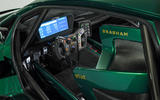
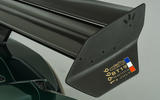
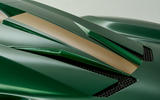
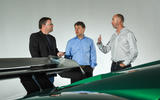


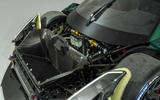
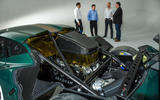
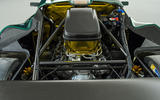
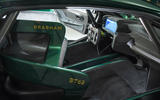
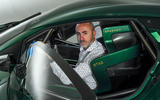


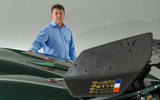








Join the debate
Add your comment
Le Mans 2019?
Hope Brabham can/will join the new category of hyper cars. Together with McLaren, Glickenhaus and Fittipaldi, perhaps with Mercedes' and Toyota's hyper cars too.
Ford